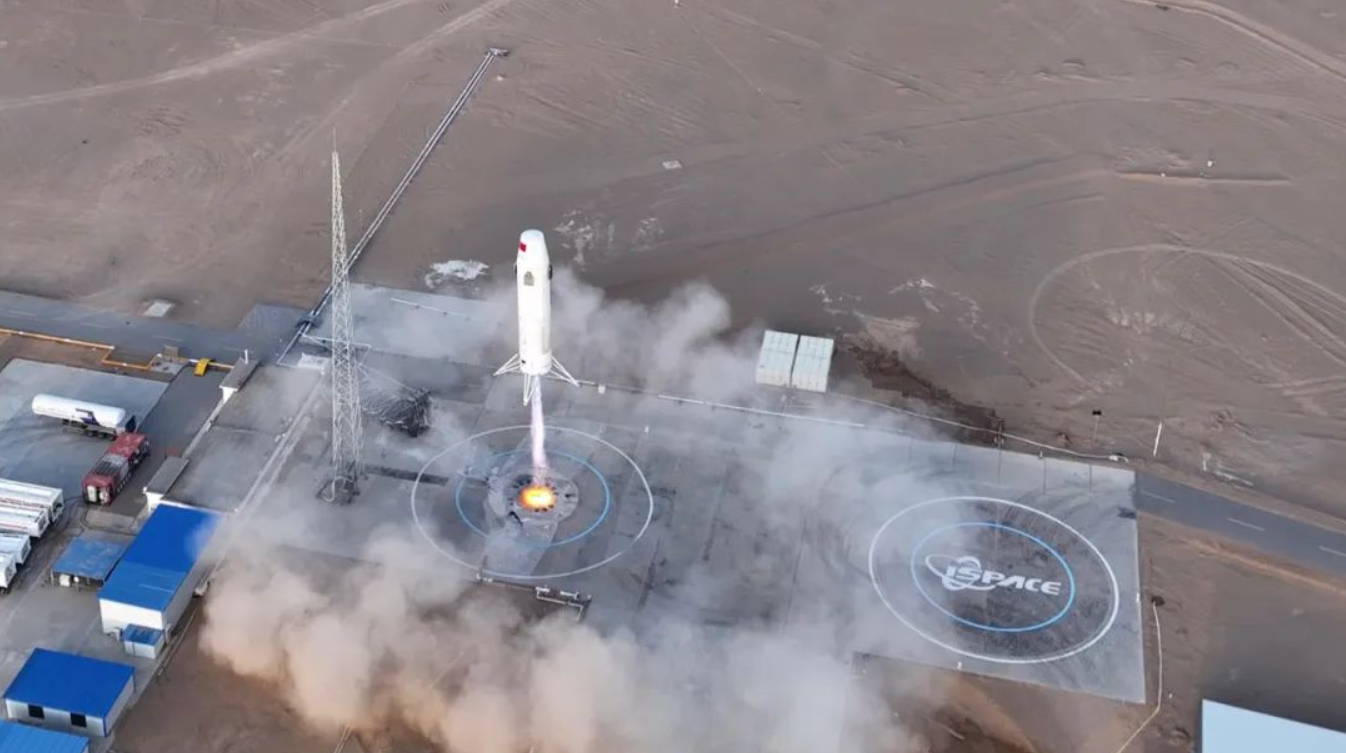Launch startup iSpace secures fresh funding as hot fire tests heat up China’s reusable rocket race

HELSINKI — Launch startup iSpace has raised significant series D+ funding as commercial competitors in China report progress with hot fire tests.
Beijing Interstellar Glory Space Technology Ltd., also known as iSpace, announced funding worth $98 million (700 million yuan) Sept. 18, part of which will go towards development of the medium-lift Hyperbola-3 launcher. The financing follows D-round funding worth tens of millions of dollars announced in March this year.
The latest round was led by Chengdu Advanced Capital’s Chengdu Major Industrialization Project Phase II Equity Investment Fund Co., Ltd., with co-investments from funds under Chengdu Airport Innovation & Entrepreneurship Investment Co., Ltd. and Chengdu Yingyuan Private Equity Fund Management Co., Ltd.
The investment vehicles operate under or are closely tied to the Chengdu municipal government, and likely aligned with Sichuan’s provincial industrial policy, with the funds partly going towards facilities in the area.
The funds will be used for the development of the reusable Hyperbola-3 launch vehicle, the construction of the rocket production base project in Shuangliu District in the city of Chengdu, and the buildout of the engine production line in Fucheng District, Mianyang, also near Chengdu, according to a statement.
The Hyperbola-3 methane-liquid oxygen rocket is a two-stage rocket at 69 meters long with a payload capacity of 8,500 kilograms to low Earth orbit in reusable mode and 13,400 kg to LEO in expendable mode.
In March, iSpace stated it was targeting December for an inaugural flight. Thursday’s statement does not offer a timeline and states the company is steadily advancing pre–maiden flight preparations. The company stated that all components for the first Hyperbola-3 have been delivered, with final assembly underway ahead of an “orbital plus offshore recovery” test flight.
For offshore recovery, iSpace unveiled China’s first autonomous rocket recovery ship, named Xingji Guihang (“Interstellar Return”), in August, with large-scale joint sea drills and other integrated testing planned for September. The drone ship will be part of the first Hyperbola-3 launch which will take place at Hainan commercial space launch center, south China.
Space Pioneer performs static fire test, competitors test engines
Another development earlier in the week saw Space Pioneer perform a successful static fire test of the first stage for its Tianlong-3 kerosene-liquid oxygen rocket. The test comes more than 400 days after a disastrous first stage test in June last year, which saw the stage break free of its clamps before rising in the skies and exploding on a nearby mountainside. The event was viewed from a nearby populated area.
The new test was held on an offshore platform in Haiyang, Shandong province, part of the Eastern Maritime Spaceport which facilitates China’s sea launches. Nine Tianhuo-12 engines fired in parallel, paving the way for an orbital launch attempt. Space Pioneer completed a launch pad at Jiuquan spaceport for the Tianlong-3 in July.
Other commercial launch startups have tested engines in recent days. Orienspace performed a full hot fire test of its kerolox Force-110 engine for its Gravity-2 medium-lift launch vehicle, the company announced Sept. 15. The company secured B+ round funding in August, and is, ambitiously, targeting a test flight before the end of the year.
Deep Blue Aerospace, which is preparing to launch the reusable light-lift Nebula-1 kerolox rocket, announced a successful test of the 130-ton-thrust Thunder RS open cycle engine Sept. 16. The engine will power the larger Nebula-2, for which the company aims to attempt an orbital launch as soon as 2026.
The companies, along with other competitors such as Landspace—currently preparing its Zhuque-3 for its inaugural flight—are racing to get their new, medium-lift launchers to orbit, as well as test and demonstrate recovery, reusability and reliability in order to secure launch contracts for projects including the national Guowang broadband megaconstellation.



